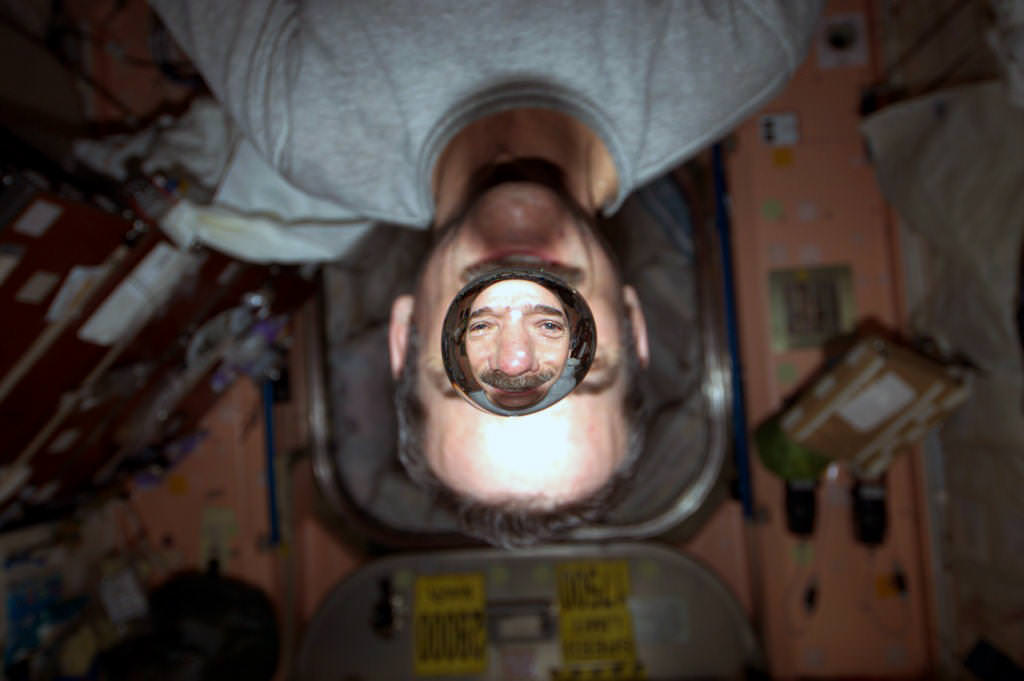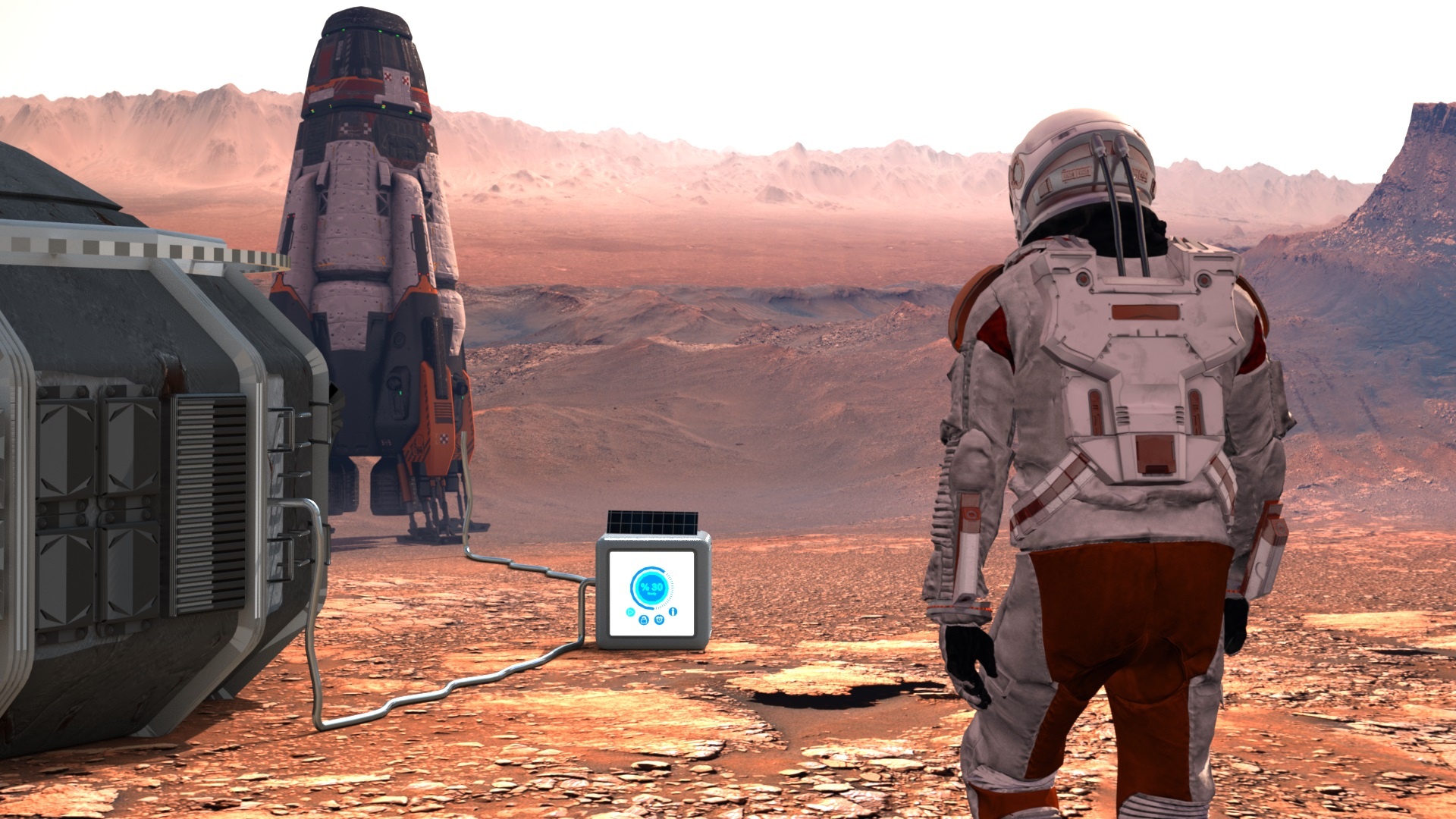In the near future, NASA and other space agencies plan to send crews beyond Low Earth Orbit (LEO) to perform long-duration missions on the Moon and Mars. To meet this challenge, NASA is developing life support systems that will sustain crew members without the need for resupply missions from Earth. These systems must be regenerative and closed-loop in nature, meaning they will recycle consumables like food, air, and water without zero waste. Currently, crews aboard the International Space Station (ISS) rely on an Environmental Control and Life Support System (ECLSS) to meet their needs.
This system recycles air aboard the station by passing it through filters that scrub excess carbon dioxide produced by the crew’s exhalations. Meanwhile, the system uses advanced dehumidifiers to capture moisture from the crew’s exhalation and perspiration and sends this to the Water Purification Assembly (WPA). Another subsystem, called Urine Processor Assembly (UPA), recovers and distills water from astronaut urine. To boost the WPA’s efficiency, the crew integrated a new component called the Brine Processor Assembly (BPA), which recently passed an important milestone.
Continue reading “Good News! Astronauts are Drinking Almost all of Their Own Urine”


